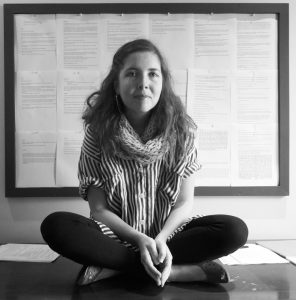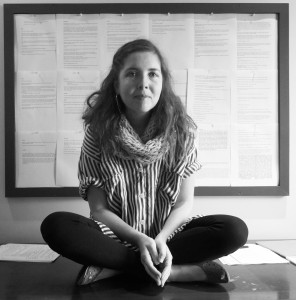 NER congratulates author Emily Geminder on winning the 2017 Dzanc Books Short Story Collection Prize for her work, Dead Girls. The Dzanc Books Short Story Collection Prize was created to recognize daring, original, and innovative writing.
NER congratulates author Emily Geminder on winning the 2017 Dzanc Books Short Story Collection Prize for her work, Dead Girls. The Dzanc Books Short Story Collection Prize was created to recognize daring, original, and innovative writing.
Geminder, a doctoral fellow in fiction at the University of Southern California and winner of a fellowship award from the Vermont Studio Center, said of receiving the prize: “I couldn’t be happier to have my short story collection published by Dzanc. Writing stories is a long strange journey and it’s wonderful to think of them going out into the world.”
Geminder will receive a cash prize for the award, in addition to publication in the fall of 2017.
Emily Geminder’s short stories, poems, and essays have appeared in AGNI, American Short Fiction, Mississippi Review, Prairie Schooner, Tin House Open Bar, Witness, and elsewhere. She is the recipient of an AWP Intro Journals Award and a Glenna Luschei Prairie Schooner Award, and her work was noted in Best American Essays 2016. Previously she worked as a journalist in New York and Cambodia. She is currently a doctoral fellow in fiction at the University of Southern California. Her essay “Phnom Penh 2012” was published in NER 36.4.
